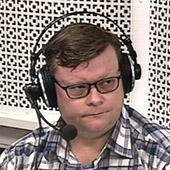Park vs ecology
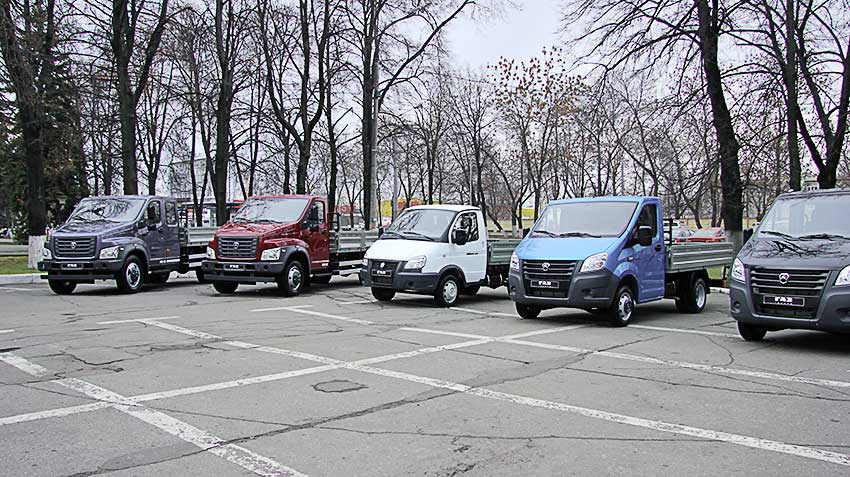
As 1.07.2017 year the Russian fleet of light commercial car has 4 million 212,7 thousand

As 1.07.2017 year the Russian fleet of light commercial vehicles has
4 million 212,7 thousand To legal entities accounted for 24% of the fleet of LCV, and other lion's share goes to individuals.
The most common brand of LCV in Russia, of course, GAS. Its share is 38%, and, in the parks physical and legal entities he represented in equal measure. Second place in the Park is a UAZ with a share of 17.8%. While in the Park individuals brand UAZ is much less popular (share – 13.5 per cent), but in the Park of legal entities, its share reaches to 31.2%.
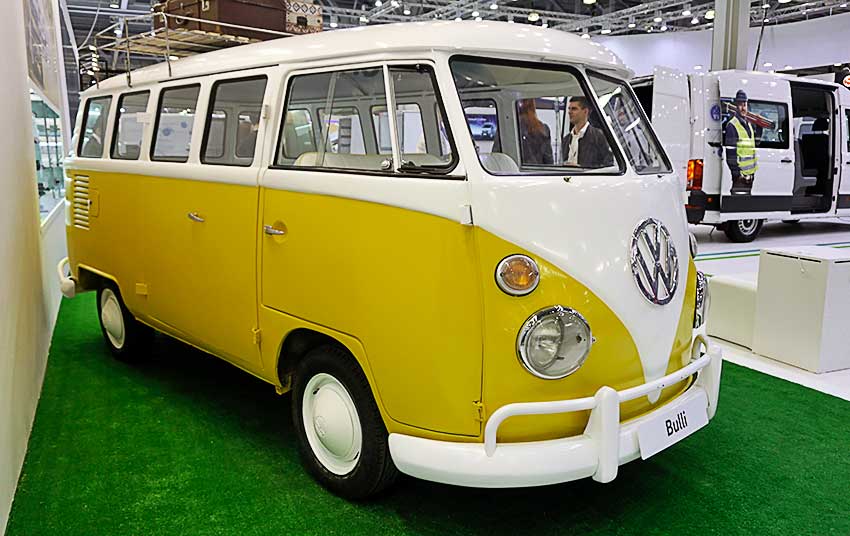
Accordingly, the parks natural and legal persons vary considerably in terms of preferences of foreign brands LCVs. If in the Park individuals are the most common brands – Volkswagen, Toyota and Ford, in the Park of legal entities the most popular acts of Ford, and the second and third place, respectively, at Volkswagen and Mercedes-Benz.
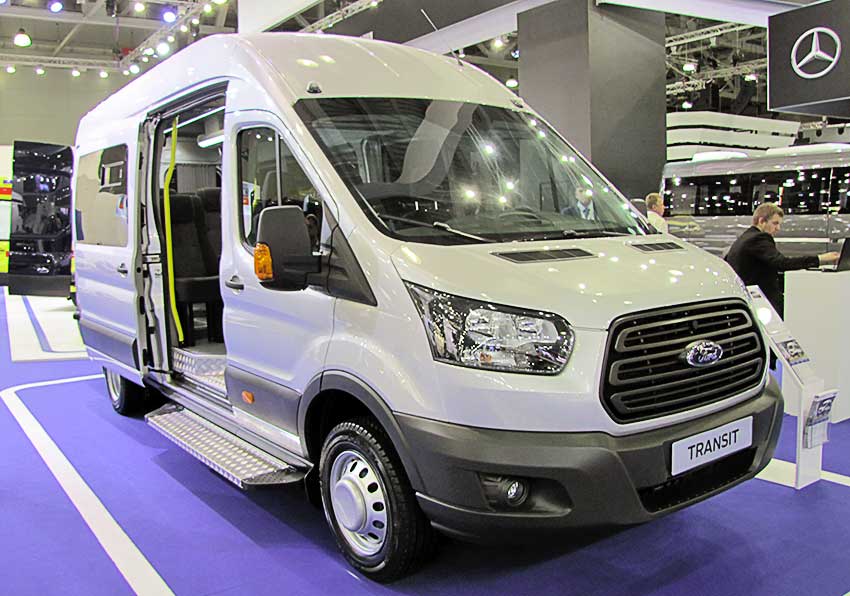

Park and ecology
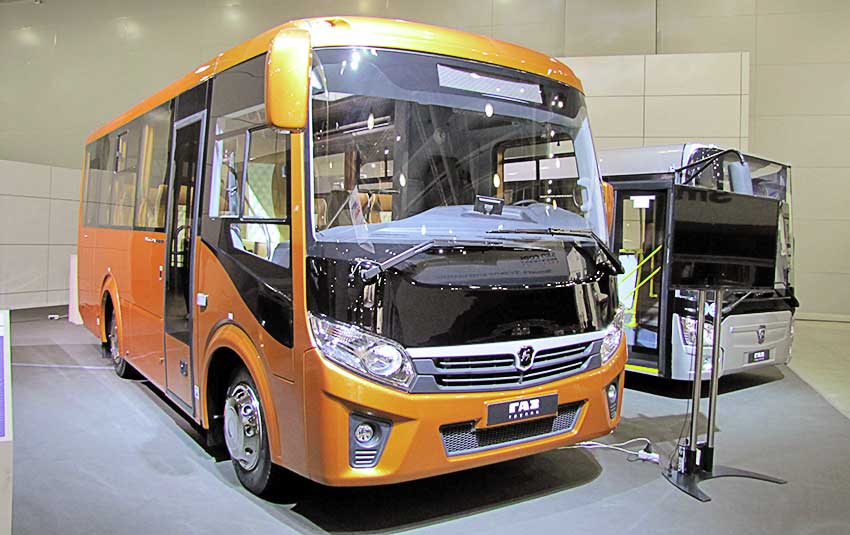
According to the forecast of the Russian Automotive Market Research, in 2017 the market of new buses will increase by 5.21%-7,5% due to pent-up demand after the reduction of sales in the years 2014-2016,
as well as the positive effect from the implementation of state programmes of support of the market.

Also according to the study RAMR, the share of cars with modern engines of ecological classes Euro-4 and Euro-5 is highest in a fleet of passenger and light commercial vehicles 17.5 per cent and 13.9 per cent respectively. However, among the trucks, the share of cars with engines of these classes is only 8.7 percent. But here the share of trucks with engines of class Euro-1 and Euro 0 and below is 70%. To 2022, the situation in the Park trucks have improved somewhat – the share of machinery higher environmental standards will reach 18.6%, and the equipment with low environmental standards, on the contrary, will be reduced to of 62.3%. According to the Park buses, the corresponding figures are as follows: the share of cars of classes Euro-4 and Euro-5 in 2017 to 11.2%, and Euro-0 and Euro-1 – 61.1 per cent. To 2022, the proportion of high class buses is projected at the level of 22.3% (i.e. double), and the share of Euro 0/-1 will decrease to 53,1% (and will still be more than half). These figures speak eloquently about too slow to upgrade, especially commercial vehicles, because apart from the ecology Park aging affects the cost of transportation and security, and this aspect is particularly sensitive for buses.
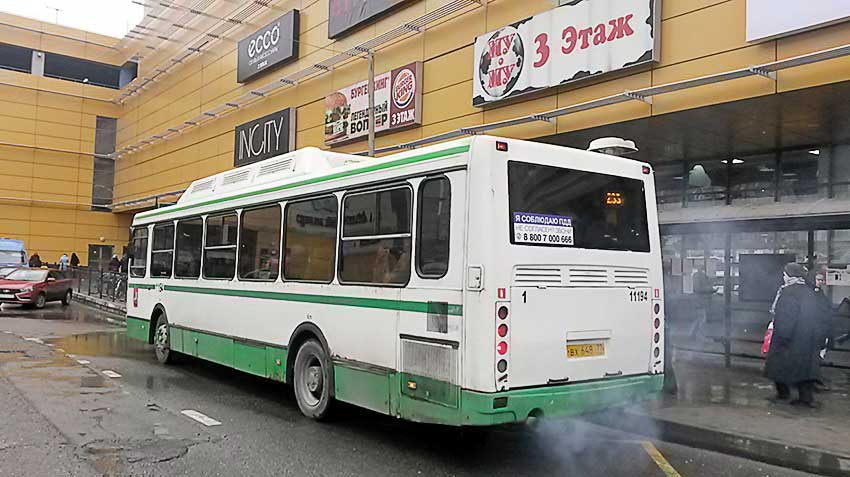

|
|
|


